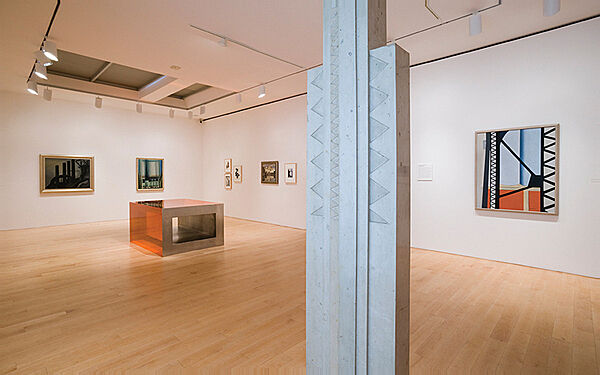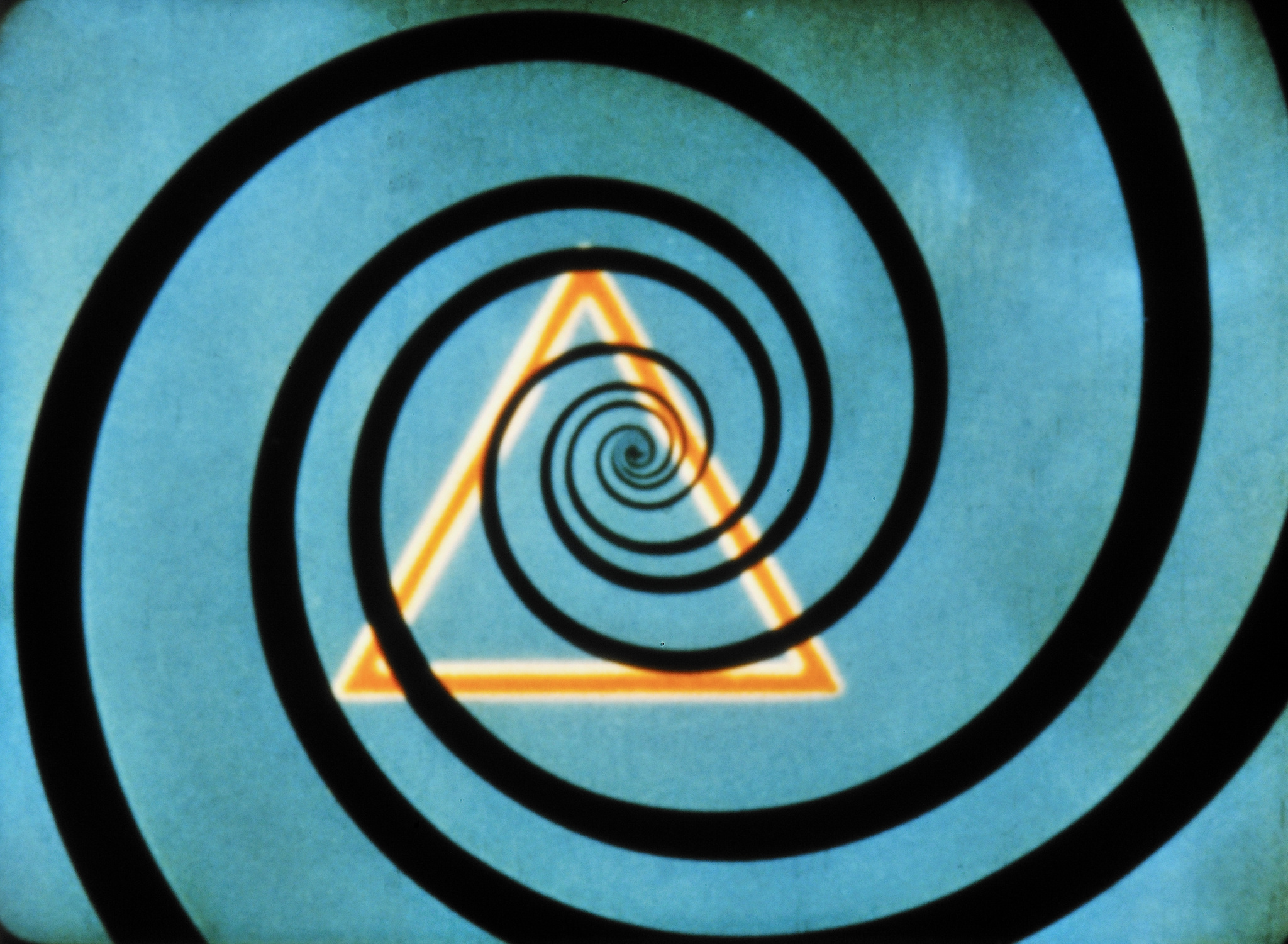Walker Evans
1903–1975
Like many American artists of his generation, Walker Evans made the pilgrimage to Paris, in his case, shortly after dropping out of college in the mid-1920s. When he returned to New York in 1927, Evans all but abandoned his earlier ambition of becoming a writer and instead began photographing his newly adopted city. Over the course of the next decade, he would become one of the most well-known photographers in the United States, establishing a documentary style within a fine arts practice.
Around 1929, Evans became acquainted with Lincoln Kirstein, a brilliant Harvard undergraduate who had already founded the esteemed literary journal Hound & Horn and the pioneering Harvard Society for Contemporary Art—Evans’s early work would be included in both venues. In 1931 Kirstein commissioned the photographer to document decaying nineteenth-century houses in the Northeast. During a break, Evans spent the month of September in Provincetown and Martha’s Vineyard, where he made a series of photographs of weather-beaten posters that Kirstein described as “ripped by the wind and rain, so that they look like some horrible accident.” The resulting images, including Torn Movie Poster, combine Evans’s emerging interests in the American vernacular and Surrealism. By recording the poster head-on and cropping out the surrounding context, Evans ably conflates the surface of the photograph with that of the poster itself and exploits the photographic image’s inherent status as a fragment. The couple’s terrified faces as they look out at the unidentified menace, along with the torn shreds over the woman’s forehead, perfectly allegorize the economic ruin and anxiety of the Great Depression.
Introduction
Walker Evans (November 3, 1903 – April 10, 1975) was an American photographer and photojournalist best known for his work for the Resettlement Administration and the Farm Security Administration (FSA) documenting the effects of the Great Depression. Evans' published his first photos at the age of 27. Much of Evans' New Deal work uses the large format, 8 × 10-inch (200×250 mm) view camera. He said that his goal as a photographer was to make pictures that are "literate, authoritative, transcendent".
Many of his works are in the permanent collections of museums and have been the subject of retrospectives at such institutions as the Metropolitan Museum of Art or the George Eastman Museum.
Wikidata identifier
Q363308
Information from Wikipedia, made available under the Creative Commons Attribution-ShareAlike License . Accessed January 5, 2026.
Introduction
Born 3 November 1903; died 10 April 1975. In 1928, Evans worked as a freelance photographer in Boston, Massachusetts and New York City, New York. In 1930 Evans undertook a project to photograph popular housing and Victorian architecture in New England. In 1935, Evans travelled to New Orleans, Louisiana to photograph southern plantation architecture. From 1935 to 1937, Evans worked as a staff photographer for the Farm Security Administration. In 1935, he documented the coal mines and industrial towns in Pennsylvania and West Virginia as well as the effects of flooding in Arkansas and Tennessee in 1936-1937. In 1937, Evans undertook a project with James Agee to photograph the lives of tenent farm families in Hale County, Alabama. The project was turned into a book entitled "Let Us Now Praise Famous Men". In 1943, Evans joined the staff of Time Magazine. From 1945 to 1965, Evans acted as editor and photographer for Fortune Magazine. During the 1950s Evans began to focus on American industrial landscapes.
Country of birth
United States
Roles
Artist, author, lecturer, painter, photographer, writer
ULAN identifier
500012076
Names
Walker Evans
Information from the Getty Research Institute's Union List of Artist Names ® (ULAN), made available under the ODC Attribution License. Accessed January 5, 2026.










